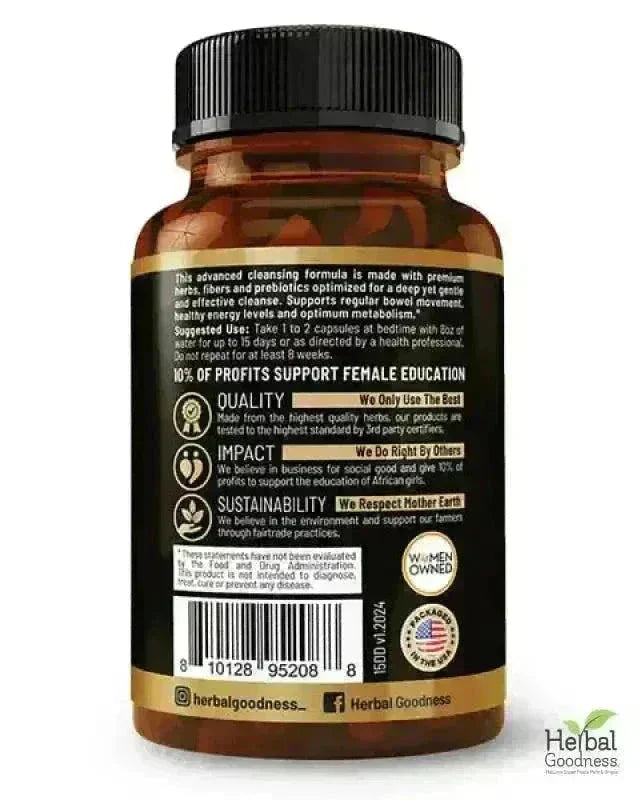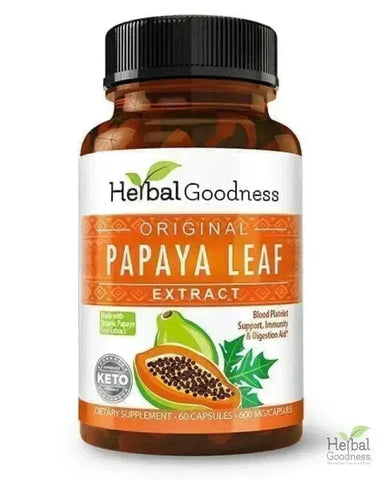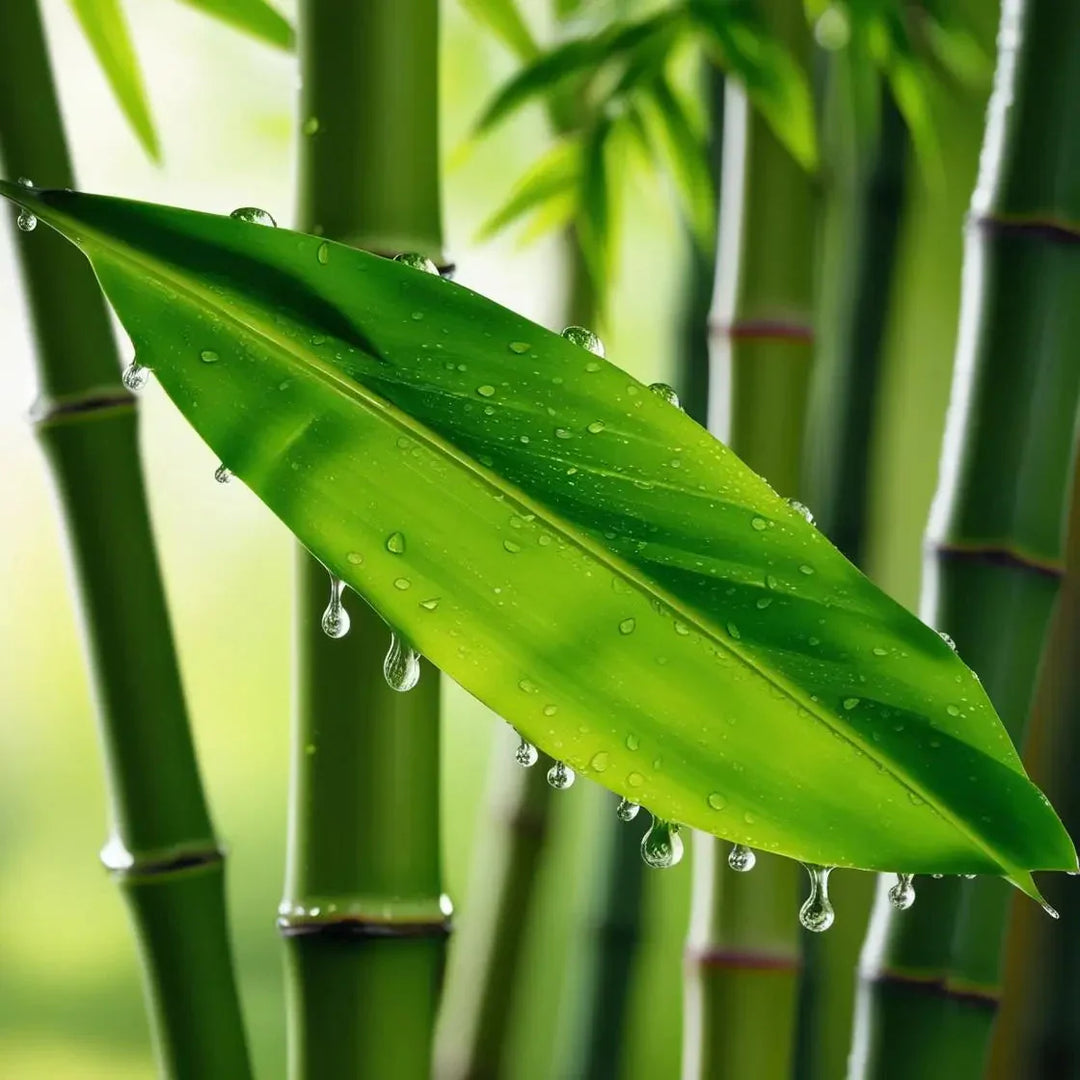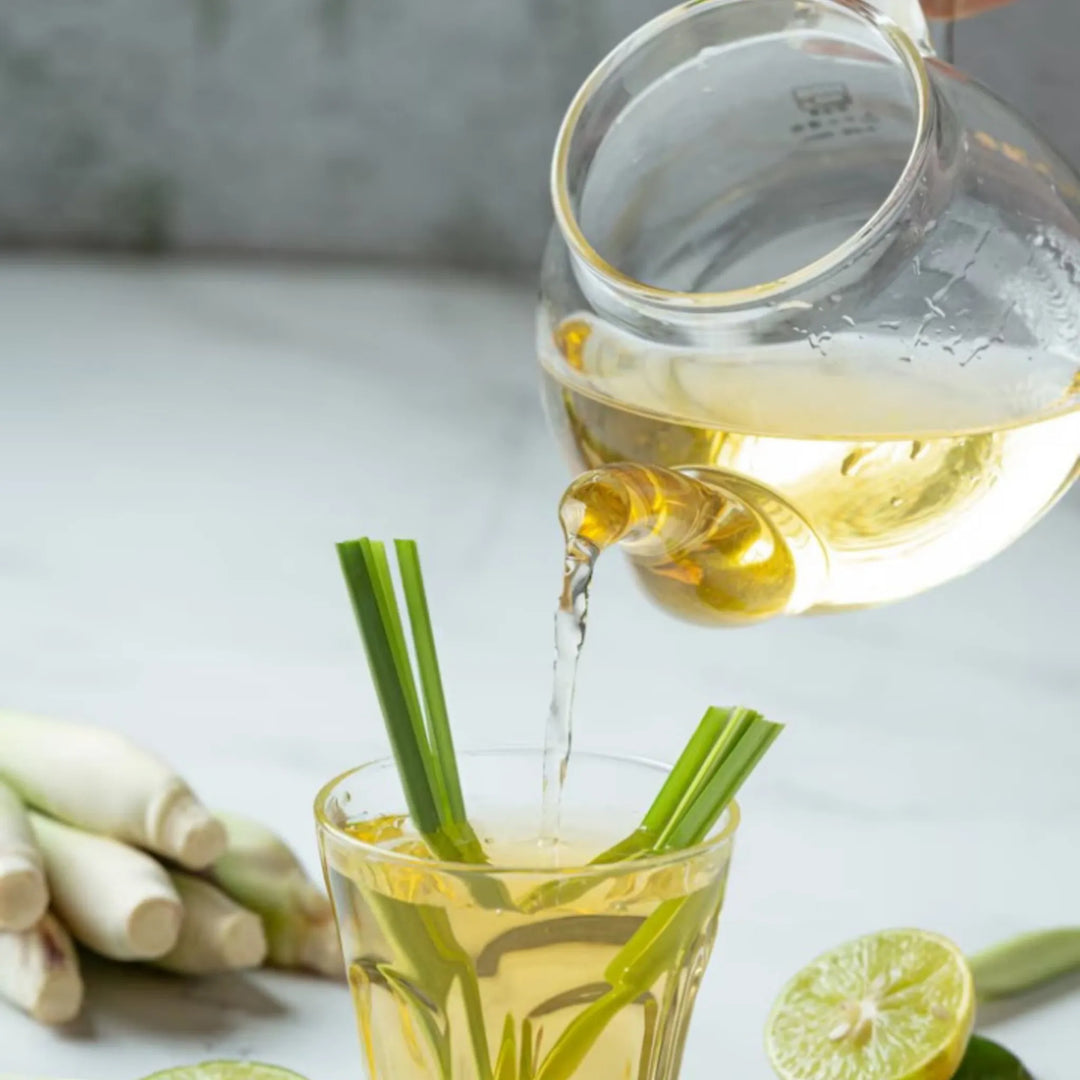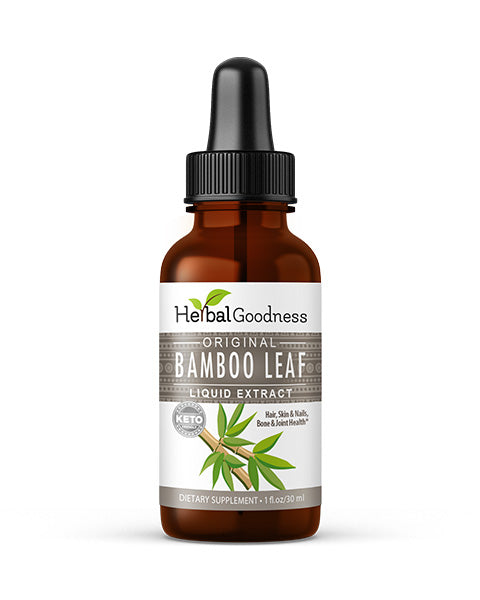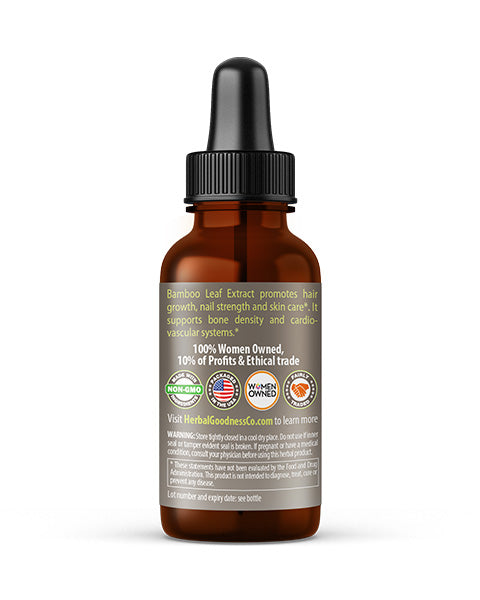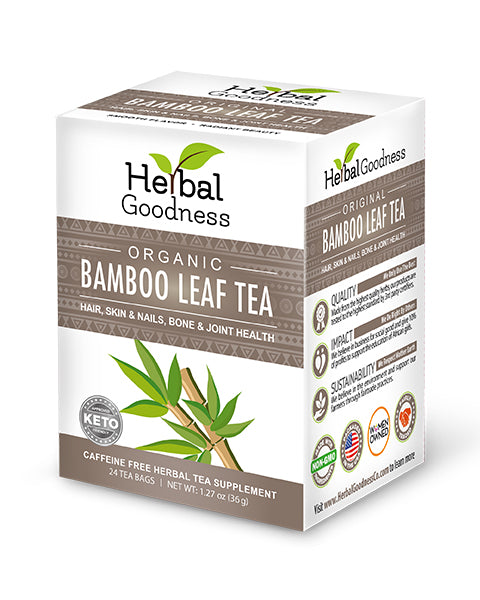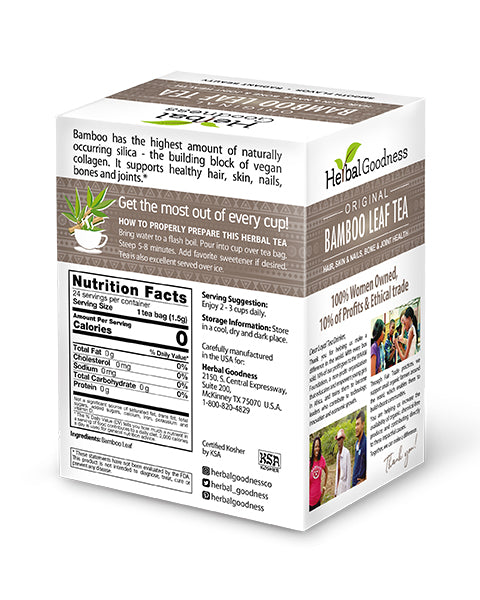What is Papaya leaf extract? | Herbal Goodness
Carica papaya, also known as papaya or pawpaw, is a species of tropical, fruit-bearing tree that is native to Mexico and the northern portions of South America.
Today, papaya is one of the most frequently produced crops on the planet, accounting for around a quarter of all global production. The fruit, seeds, and leaves of this plant are often used in a range of culinary and traditional medicinal preparations and practices.
According to test-tube and animal research, papaya leaf extract contains unique plant chemicals that have exhibited a wide range of pharmacological potential.
As a result of the advancement of science and technology, it has become possible to provide evidence that this plant is not only beneficial as a health boost, but also that it has scientifically proven pharmacological and toxicological activities, which has resulted in its formal use in professional health-care systems being established. This product has become increasingly useful as a result of the development of formulations for use in nutraceuticals and cosmeceuticals in the last several years. The application of good manufacturing practice standards, as well as the ease with which this product can be registered as a result of policies implemented by the national government, will unquestionably increase the value of papaya leaf extract as a critical nutraceutical and cosmeceutical product in the not too distant future. In this essay, we discuss the potential of papaya leaf extract to be a high-value commodity, both in terms of its health advantages and its industrial applications.
Extraction Method
Extracting papaya leaf is done in a variety of ways, from the ancient maceration procedures to the more sophisticated Soxhlet approaches to the use of microwaves and ultrasonic cleaners. The extraction of papaya leaf might take several hours or even days depending on the method used. the extraction techniques for papaya leaf that were employed, as well as the solvents that were used in these extraction methods the majority of the leaves are extracted using a maceration process in which 96 percent ethanol is used as the solvent for the extraction. The fact that maceration is the most often used approach might be due to the fact that it is less complicated and less costly than other procedures. Because the leaf has a soft texture, it is simpler for the solvent to permeate the leaf cells and extract the phytoconstituent while the leaf is being extracted. However, since the solvent does not move, this approach has a disadvantage in terms of maintaining the equilibrium condition between the outside and inside of the cell when the cell is closed. When this occurs, the extraction is terminated, and the filtrate residues must be re-macerated with a fresh solvent to complete the process. On the other hand, ethanol (96 %) and water are the two most often utilized solvents. The fact that these solvents have lower hazardous qualities as compared to other options is the primary rationale for their selection. Because of their favorable polar nature in respect to the solvents, it is most probable that the flavonoid glycosides as well as alkaloids in a salt form would be readily extracted from the leaf cells.
The research on Carica papaya leaf extract revealed a plethora of options stemming from its potential as a formal herbal medicine product for use in supporting health, as well as its health-promotion prospects and potential high commercial worth. As a nutraceutical and cosmeceutical product, it is critical to preserve the quality and long-term viability of the production process. This product's development as a sophisticated pharmaceutical commodity will be aided by the simplicity with which it may acquire government backing in the form of product registration in the near future, according to the company.
Among the agricultural products that have been produced by the pharmaceutical sector are papaya leaf extract, which is only one of many instances. The plant is readily grown in both tropical and semitropical climates, and all portions of the plant are beneficial in a variety of ways in both environments.
- It is possible to maintain a healthy blood sugar level and to support digestive function.
- Support for hair growth is possible.
- It is possible to encourage healthy skin.
- Provides support for blood platelets and functions.
Boost Your Platelet Count Naturally!
Unlock the power of Papaya Leaf Extract with 10X Strength for optimal wellness. Strengthen your health naturally with our 600mg capsules.
Order now and experience the benefits of nature’s best!
Read more: Boost Platelets & Immunity with Papaya Leaf Extract (Carica Papaya)





